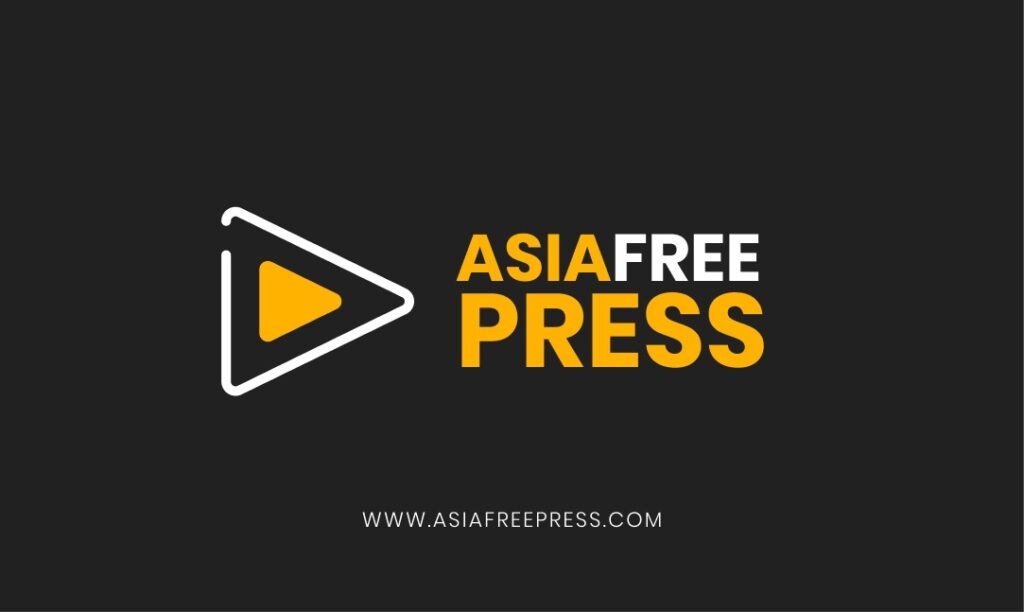By Muhammad Islam
The South Asian Association for Regional Cooperation (SAARC) was founded with a noble vision – to promote and strengthen collective self-reliance among the countries of SOUTH ASIA to contribute to mutual trust, understanding and appreciation of one another’s problems and to promote active collaboration and mutual assistance in the economic, social, cultural, technical and scientific Field a, platform where South Asian nations could unite in their pursuit of peace, development, and economic collaboration. However, a long-standing issue persists beneath the common threads of geography, culture, and history – the enduring tension between India and Pakistan over Kashmir. This prolonged conflict has made it difficult for SAARC to fully realize its potential. SAARC has seen its fair share of summits, agreements, and diplomatic efforts. The 1998 Colombo summit garnered global attention, coinciding with India and Pakistan’s nuclear tests, which prompted major Western powers to impose sanctions on both nations. During this period, SAARC displayed resilience by hosting a summit and laying the groundwork for a historic visit by Indian Prime Minister A. B. Vajpayee to Lahore in 1999. The Lahore Declaration marked a pivotal moment, emphasizing the importance of resolving future conflicts within the framework of SAARC.
Yet, conflicting perspectives endure. India asserts that Kashmir is an internal problem while Pakistan considers it a bilateral dispute between India and Pakistan central to regional normalization. The subsequent Kargil conflict further complicated matters. It was only in 2001 that both nations pledged to seek a peaceful resolution to the Kashmir dispute. The Agra Summit followed in July, but it ended in disappointment. Unfortunately, the events of September 11 and the attack on the Indian Parliament later that year escalated tensions, prolonging the stalemate until October 2002. The 12th SAARC Summit in Islamabad introduced a four-point strategy, addressing peace, security, economic cooperation, and denuclearization—an essential step forward. The summit produced crucial agreements like the Islamabad Declaration, SAFTA, and a protocol on blocking terrorism financing. These agreements underscored a commitment to economic progress and stability, especially for smaller and least-developed countries. Tensions between India and Pakistan persisted but were occasionally punctuated by moments of dialogue, as seen in the joint press statement of January 2004. These efforts eventually led to reduced trust deficits and improvements in bilateral relations. Diplomatic measures, confidence-building measures (CBMs), and the opening of cross-border bus routes contributed to this progress. A ceasefire agreement in November 2003 offered an opportunity for dialogue on mutual differences. Nevertheless, challenges remain. SAARC’s charter restricts discussions on bilateral disputes, which limits Pakistan’s ability to garner regional support on the Kashmir issue. In this complicated landscape, SAARC must evolve a security framework to guide regional states in managing intra-regional rivalries and addressing issues. While SAARC has made modest strides, it must refocus on shared objectives to overcome historical enmities and promote enduring peace in South Asia. The Kashmir issue remains at the core of SAARC’s challenges. Confidence-building measures, revisiting the SAARC charter to include discussions on bilateral problems, and addressing the Kashmir conflict within SAARC can pave the way for regional stability. Collaborating on counterterrorism efforts and organizing regular summits are essential for fostering cooperation and reducing hostilities. Furthermore, SAARC should establish Conflict Conciliation Groups (CCGs) to resolve disputes when all member states seek assistance. Promoting intra-regional trade and addressing discord among member nations, particularly in the India-Pakistan case, will further SAARC’s progress and success.
The SAARC journey, overshadowed by the Kashmir dispute, has been filled with challenges. However, it has also provided opportunities for dialogue and cooperation. To unlock its true potential, SAARC must prioritize shared goals, address longstanding disputes, and should also revised the SAARC charter and champion regional peace and development. As SAARC looks to the future, it holds the key to transforming itself from a platform of potential into a beacon of regional stability.
Muhammad Islam is perusing Bachelors of IR from National Defence University, Islamabad




















